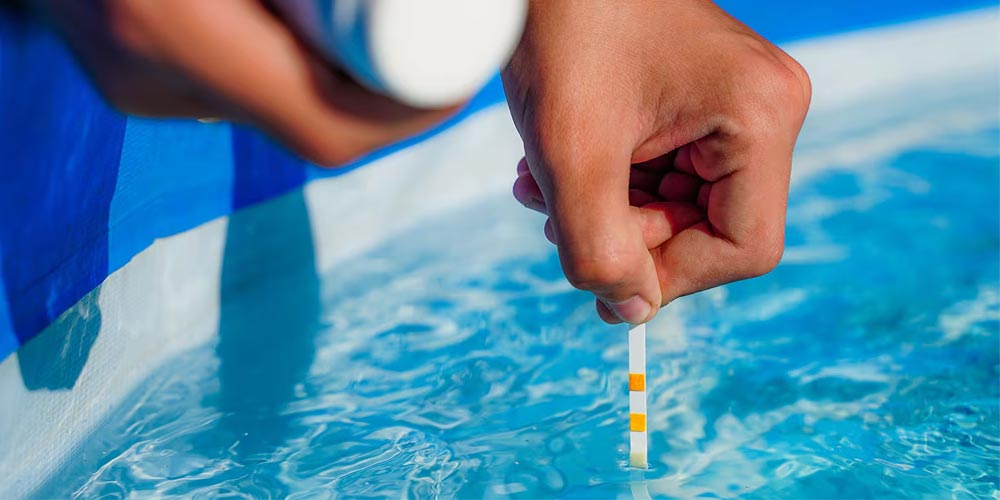In swimming pools, in order to ensure human health, in addition to preventing the production of harmful substances such as bacteria and viruses, attention to the pH value of pool water is also indispensable. Too high or too low pH will affect the health of swimmers. The pH value of pool water should be between 7.2 and 7.8 so that swimmers are safe.
Among the chemicals that maintain the pH balance of swimming pools, sodium carbonate plays a vital role. Sodium carbonate (commonly known as soda ash) is mainly used to increase the pH value of swimming pool water. When the pH value is lower than the ideal range, the water becomes too acidic. Acidic water can irritate swimmers’ eyes and skin, corrode metal parts of the pool, and accelerate the loss of free chlorine (the most commonly used pool disinfectant). By adding sodium carbonate, pool operators can increase the pH value, thereby restoring the water to a safe and comfortable state.
Applying sodium carbonate to a swimming pool is a simple process. The compound is usually added directly to the pool water. Of course, before use, the pool owner needs to measure the current pH value of the swimming pool using a test kit or test strips. Under the condition that the pool water is acidic, based on the results, add the amount of sodium carbonate to adjust the pH to the desired level. Take a sample with a beaker and slowly add Sodium Carbonate to reach the appropriate pH range. Calculate the amount of Sodium Carbonate your pool needs based on the experimental data.
Sodium carbonate can change the pool water from an acidic state to a pH range suitable for people to swim in, for safe and useful purposes, and reduce the risk of corrosion of the pool metal fittings due to acidic conditions; it helps with the overall maintenance of the pool.
Sodium carbonate plays an important role in balancing the pool’s pH, and we recommend that you follow some safety tips when adding it:
1. Follow the supplier’s instructions for use, add it in the correct dosage, and store it properly.
2. Wear personal protective equipment (rubber gloves, shoes, goggles, long clothes) – although soda ash is safer, we always recommend wearing protective equipment before adding any chemicals to the pool water
3. Always add chemicals to water, never add water to chemicals – this is basic knowledge of chemistry and the safest way to prepare chemical buffer solutions for pool water.
Pool chemicals play a vital role in daily pool maintenance. When using chemicals, you must strictly follow the chemical use guidelines and take safety precautions. If you encounter any difficulties when choosing chemicals, please contact me.
Post time: Jun-12-2024

